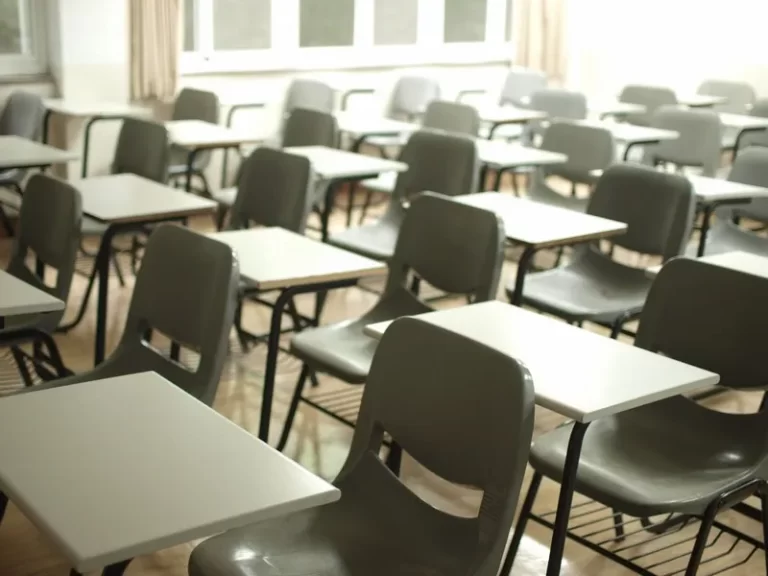Banding in education is a practice that has gained attention in the field of sociology. It refers to the grouping of students into different classes or streams based on their academic ability or perceived potential. This method aims to provide tailored education and support to students of varying abilities, with the goal of improving overall educational outcomes.
History and Rationale
The concept of banding in education has its roots in the early 20th century, when educators started recognizing the need for differentiated instruction. Banding was seen as a way to address the diverse learning needs of students and create a more inclusive educational system.
Proponents of banding argue that it allows for more effective teaching by grouping students with similar abilities together. This enables teachers to provide targeted instruction and support, as well as challenge students at an appropriate level. It also aims to reduce educational inequalities by ensuring that all students have access to resources and opportunities that match their abilities.
Implementation and Practices
The implementation of banding in education can vary across different educational systems and institutions. In some cases, students are placed into bands or streams based on standardized test scores or academic assessments. These bands may be labeled as “advanced,” “intermediate,” and “basic” or given other designations that reflect the students’ academic abilities.
Once students are placed into bands, they often follow separate curricula or courses that are tailored to their specific needs. This can include different levels of difficulty, pace, or content. Banding may also involve specialized support or resources for students who require additional assistance or enrichment.
Benefits and Criticisms
Advocates of banding argue that it has several benefits. First, it allows for more personalized instruction, as teachers can focus on the specific needs and abilities of each group of students. This can lead to improved academic performance and engagement. Second, banding can help to reduce achievement gaps by ensuring that all students receive appropriate support and resources. Finally, banding can enhance the overall efficiency of the educational system by enabling teachers to teach at a pace that suits the majority of students in each band.
However, banding in education is not without its criticisms. One major concern is the potential for perpetuating social inequalities. Critics argue that banding can lead to the segregation of students based on their socioeconomic backgrounds or ethnicities, as these factors can often correlate with academic performance. This can result in unequal access to resources and opportunities, further exacerbating educational inequalities.
Another criticism is that banding may limit students’ potential by placing them in fixed ability groups. This can result in self-fulfilling prophecies, where students may internalize the labels assigned to their bands and believe that they are only capable of achieving at a certain level. This can hinder their motivation and hinder their long-term educational and career prospects.
Conclusion
Banding in education is a complex practice that aims to address the diverse learning needs of students. While it has its benefits, it is important to carefully consider its implementation and potential consequences. Efforts should be made to ensure that banding does not perpetuate social inequalities and that all students have equal opportunities to succeed.
In conclusion, banding in education is a topic that continues to be debated and researched in the field of sociology. By understanding its history, rationale, implementation, and potential effects, educators and policymakers can make informed decisions about its use and work towards creating a more inclusive and equitable educational system.





